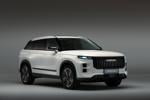Review
Skoda’s largest model has always been an excellent choice, but is even better in this new generation. More spacious, refined and comfortable, the Superb is an easy car to recommend.
Overview
First introduced in 2001, the Superb has been the Skoda flagship ever since and is renowned for its hugely spacious interior and value for money.
It has lived through the demise of almost all its rivals and is often a consideration for drivers looking at cars in the premium segments.
Skoda didn’t throw out the rule book when developing the new fourth-generation Superb, then. It has stuck to its winning formula, aiming to improve on what was already one of the most commendable cars on the market.
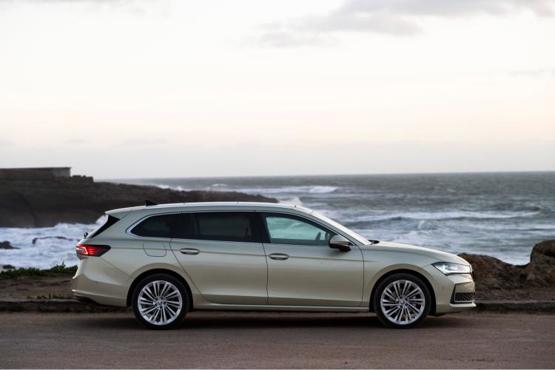
VW handed the task of developing the new Passat to Skoda’s engineers, demonstrating the Czech brand’s level of expertise in this segment. Both cars are produced at Skoda’s Kvasiny plant.
The Superb launches first as an estate car, with a large hatchback following soon.
On the inside, it gets a more modern look courtesy of a decluttered cabin but retains many key physical buttons while still coming with a large new touchscreen.
The latest generation of Volkswagen Group engines are also used, including a mild-hybrid petrol for the first time and a new plug-in hybrid.
Comfort and practicality
The Superb Estate really stands out when it comes to space and versatility, especially given its price point. This new model is 40mm longer than its predecessor, and at 4.9-metres long, is a sizeable car. The Superb’s footprint is actually on par with those of the BMW 5 Series Touring and Mercedes E-Class estate.
But the space is put to good use – there is loads of rear-seat room, even for the tallest adults, while the 690-litre boot is one of the largest of any car on sale today.
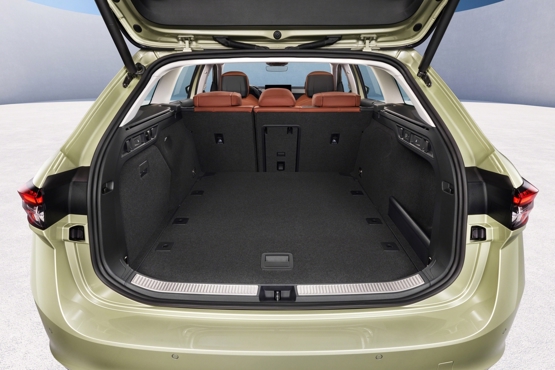
The Superb is packed with what Skoda calls ’Simply Clever’ features, which are practical touches that aim to improve everyday usability. Features such as an electric-operated load cover, sliding rear centre armrest and an umbrella in the driver’s door all show that is a brand committed to making cars that are easy and helpful to use.
There are three versions of the Superb available – SE Technology, SE L and range-toping Laurin & Klement (L&K).
All versions come with lots of standard equipment, and even the entry-level SE Technology trim features heated and massaging front seats. The mid-range SE L trim brings electric adjustment and a ventilation function, as well as leather upholstery. L&K models are the most plush and add heated seats for rear seat passengers.
Safety and technology
Skoda has managed to get the balance just right in terms of modern screens and physical controls with the new Superb, with its cabin being a real highlight.
A new 13-inch touchscreen dominates the interior. It is very quick and easy to operate, with plenty of useful shortcut buttons.
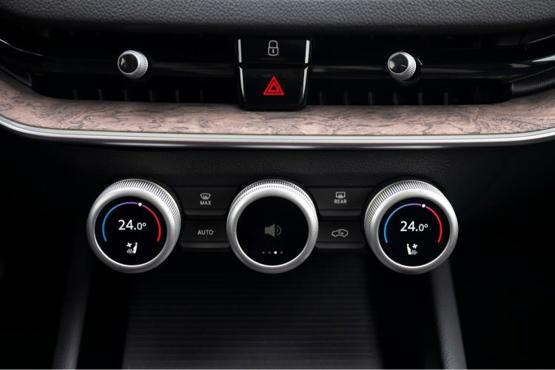
A particular highlight is the new ’Smart Dials’, essentially three turn-knobs below the touchscreen. The two outer dials control the climate control, but also the heated and ventilated seats.
The middle dial controls up to four different functions (out of a possible six), with features including volume, fan speed and driving mode.
The buttons work well and are a great compromise between keeping physical buttons and modernising the cabin.
The material they’re made from does feel quite cheap, however – a juxtaposition to the rest of the cabin.
Skoda has also fitted a rectangular digital instrument cluster display, which is wedged into a more conventional curved aperture and seems like an afterthought.
There’s no shortage of safety and driver assistance functions. All versions of the Superb come with adaptive cruise control, lane keeping assist and blind spot monitoring, as well as a host of active systems to helps prevent collisions.
Driveability and efficiency
The engine choice on the Superb currently consists of two diesel engines and one petrol, with all using a seven-speed DSG automatic gearbox.
All diesel models use the Volkswagen Group’s acclaimed 2.0-litre TDI unit. It produces 150PS in its standard form, but a more powerful 190PS four-wheel-drive version is also available.
Choose the lesser of the two and it can accelerate from 0-62mph in 9.3 seconds, with Skoda claiming up to 57mpg. The 190PS model’s 7.3-second 0-62mph time makes it noticeably quicker, though isn’t quite so efficient, with Skoda promising up to 48mpg.
The diesel is a good choice for high-mileage users. Even with the 150PS engine under the bonnet, which isn’t a lot of power for a car of this size, it’s able to get up to speed in a quick enough manner for most. Though it makes quite a bit of noise when idling and under harsh acceleration, once at speed it settles down well while offering an excellent and smooth power delivery. It also has a huge driving range of up to around 800 miles from a tank.
The new 150PS 1.5-litre mild-hybrid petrol could be a great all-rounder, but we haven’t yet had a chance to try it yet. Skoda claims up to 53mpg, while a 9.3-second 0-62mph time is identical to the diesel with the same power.
A plug-in hybrid has been part of the Skoda Superb line-up since 2019, and that continues with this new car. This time, the previous 1.4-litre petrol-electric setup is swapped out in favour of a new 1.5-litre petrol engine, though the combined power output remains the same at 204PS.
This new plug-in hybrid also uses a much larger 25.7kWh battery, which offers a 62-mile electric range – almost double that of the previous model. It can be charged in 2.5 hours using an 11kW domestic wallbox, while being compatible with DC rapid charging. With this, the battery can be topped up from 10-80% in 25 minutes.
We only had a small amount of time to drive the plug-in hybrid, and it was all around city streets, but it’s clear big steps forward have been made compared to the older PHEV. It’s less jerky, while if the claimed electric range read-out is anything to go by, it could be an ideal choice for many users doing journeys within its 62-mile EV range.
Whichever powertrain you choose, the Superb’s refinement and comfort are top-draw. It’s also available with a new version of Dynamic Chassis Control (DCC), which lets you tailor the suspension for either comfort or sportiness or somewhere in between. In the most comfortable setting, the ride is wonderfully supple, even when riding on larger alloy wheels.
It’s not the last word in driving enjoyment, however, but given its size and focus on comfort, it handles well, with body roll kept in check. It will be interesting to see if the Superb feels more lively when more powerful petrol engines and a firmer-riding Sportline version are introduced later in the year.
Company car tax and running costs
Orders for the hybrid are yet to open, but it’s expected to account for the majority of Superb sales. It makes the most sense for fleet customers as it will attract just 8% benefit-in-kind tax.
The mild hybrid petrol has CO2 emissions from 119g/km, while the diesels emit between 128–160 g/km, depending on version.
Running costs for the new Superb are not available, yet, but with prices starting from £34,865, we’re expecting the new model to be a class leader.
Specs
| Manufacturer | Skoda |
| Model | Superb Hatchback |
| Specification | Skoda Superb Hatchback 1.5 TSI e-TEC SE Technology 5dr DSG |
| Model Year | 2024.00 |
| Annual VED (Road tax) | £210 |
| BIK List Price | £35,430 |
| CO2 | 120g/km |
| BIK Percentage | 29% |
| Insurance Group | N/A |
| CC | 1,498 |
| Fuel Type | Petrol |
| Vehicle Type | Large car |
| Luggage capacity (Seats up) | 645litres |
| Doors | 5 |
Running Costs
| P11D | £35,430 |
| Cost per mile | 51.31ppm |
| Residual value | £14,425 |
| Insurance group | N/A |
| Fuel Type | Petrol |
| Cost per mile | 146.16ppm |
| Fuel | 12.42ppm |
| Depreciation | 133.35ppm |
| Service maintenance and repair | 0.39ppm |
Rivals
Info at a glance
-
P11D Price
£35,430
-
MPG
53.8 (WLTP) -
CO2 Emissions
120g/km -
BIK %
29% -
Running cost
3 Year 60k : £14,425 4 Year 80k : £11,425 -
Fuel Type
Petrol



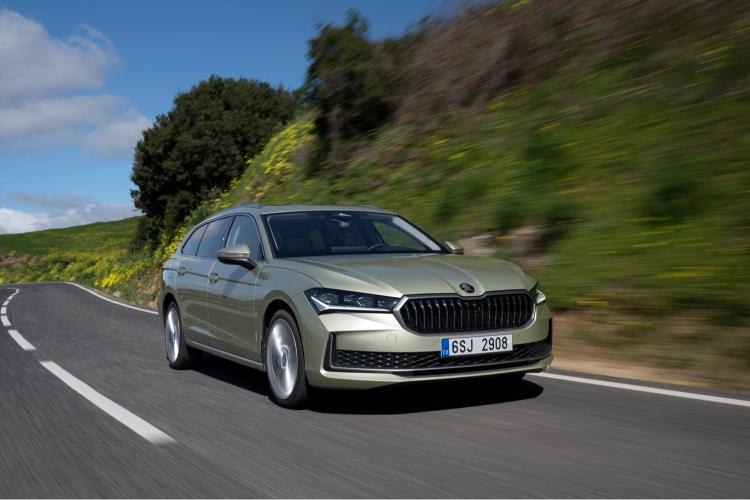
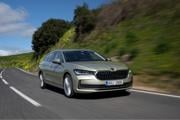
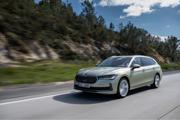
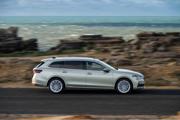
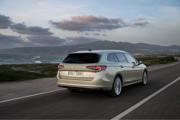
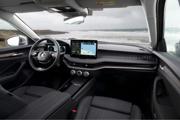
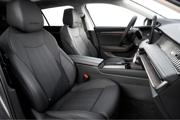
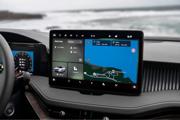
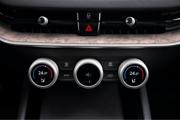
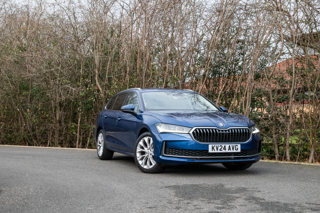
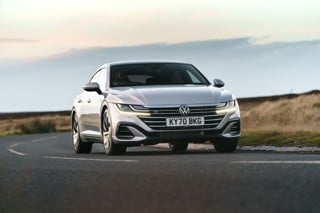

 Petrol
Petrol









